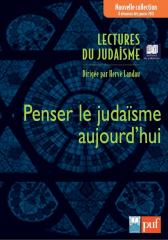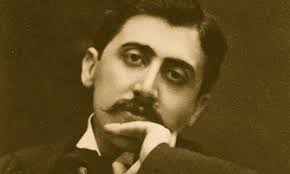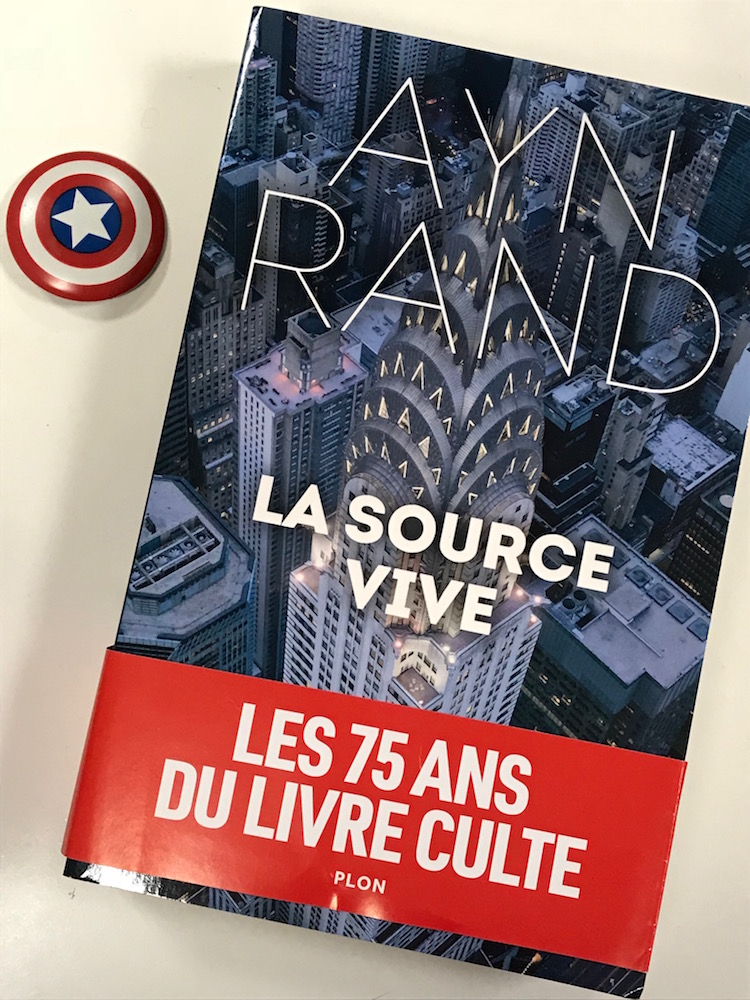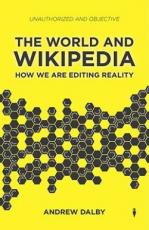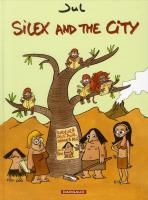Scripture and Midrash in Judaism
Dossiers

Le livre numérique fête ses 50 ans : un anniversaire, tout en histoire
Certains membres du Projet Gutenberg, célèbre plateforme dédiée à la préservation d'ouvrages du domaine public, ont décidé de sortir les bougies. L'ebook célèbre ses 50 années – né en 1971 ! – qu'il n'a effectivement pas l'air d'avoir. Si le grand public l'a découvert avec les premières liseuses, ActuaLitté, en partenariat avec ces passionnés, retrace une histoire de l'ebook. Un dossier exceptionnel.
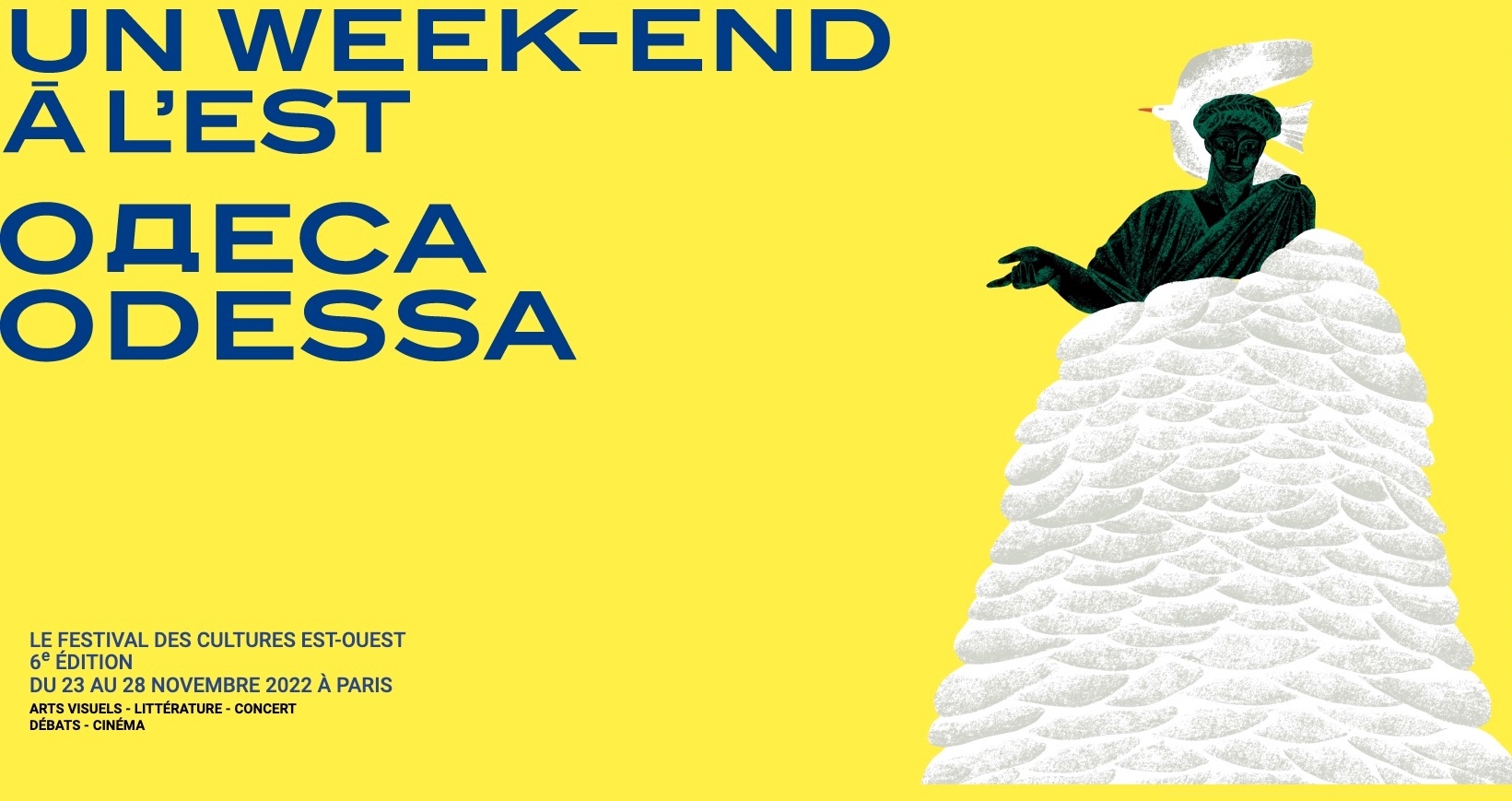
Festival Un week-end à l'Est : 2022, Odessa de l'espace
Un week-end à l’Est a été initié par Vera Michalski et Brigitte Bouchard en 2016 avec deux objectifs : raviver la vie culturelle dans le Quartier Latin et créer des passerelles entre les cultures. Cette année, il place la ville d’Odessa au cœur des rencontres, qui se dérouleront à Paris, du 23 au 28 novembre — littérature, cinéma, arts visuels, débats et concerts sont au programme.

Pour 2023, Un Week-end à l'est invite Tbilissi, capitale de la Géorgie
Après avoir exploré des villes telles que Varsovie, Kyiv, Budapest, Belgrade, Sofia et récemment Odessa en soutien à l'Ukraine, "Un week-end à l'Est" pose ses valises pour sa septième édition à Tbilissi, le cœur de la Géorgie. Cette année, la réalisatrice et auteure Nana Ekvtimishvili en est la marraine, avec Nino Haratischwili comme invitée principale, et un focus spécial sur l'auteur d'origine géorgienne, Emmanuel Carrère.

Lire en Poche 2022 : Un autre monde
Rendez-vous incontournable de la rentrée littéraire, Lire en Poche, organisé par la ville de Gradignan, accueille près de 27.000 visiteurs et plus de 100 auteurs, dont un tiers d’auteurs jeunesse qui rencontre son public également dans le cadre scolaire. L'édition 2022 se déroule du 7 au 9 octobre.

Le trône de fer : les livres de la saga A Song of Ice and Fire de George RR Martin
Le trône de fer est une immense saga d’héroïque fantasy qui s’inspire de la série des Rois maudits de Maurice Druon. C’est au début des années 1990 que Georges R.R. Martin commence à écrire Le trône de fer, le premier volume est publié en 1996. En 2007, la chaine de télévision HBO acquiert les droits d’adaptations. L’auteur lui-même participe à sa production et écrit le scénario d’un épisode par saison.
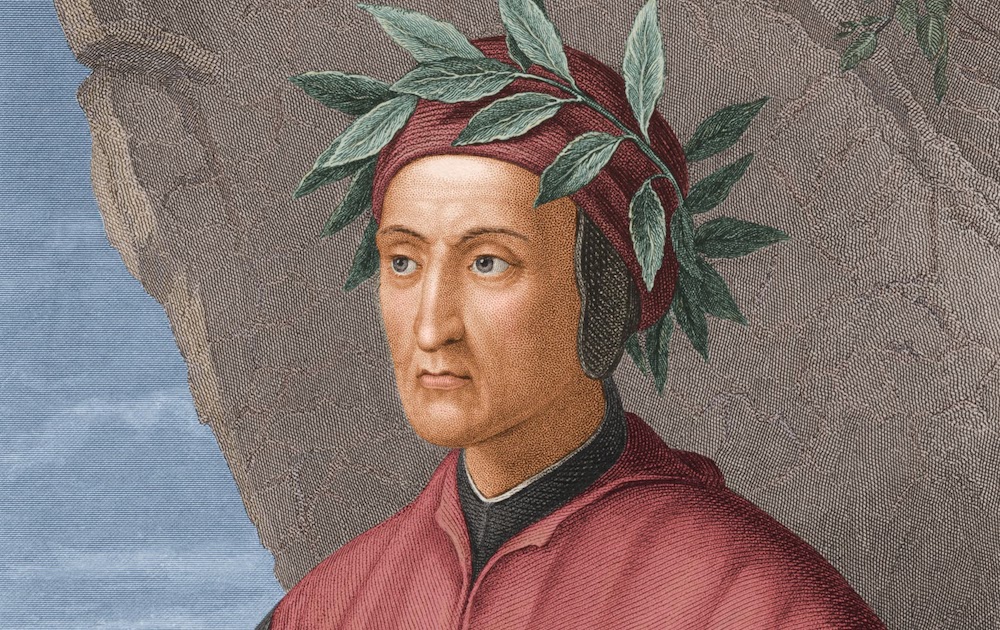
2021, commémoration des 700 ans de la mort de Dante Alighieri
Né le 21 mai 1265, Dante Alighieri, mythique poète italien, écrivain, mais également homme politique ayant vécu à Florence, est mort le 14 septembre 1321, laissant derrière lui La Divine Comédie. Considéré comme le père de la langue italienne, il compose avec Boccace et Pétrarque cette trinité littéraire par laquelle le toscan s’imposa dans le pays. En cette année 2021, le 700e anniversaire de sa mort est commémoré, partout dans le monde.
Extraits
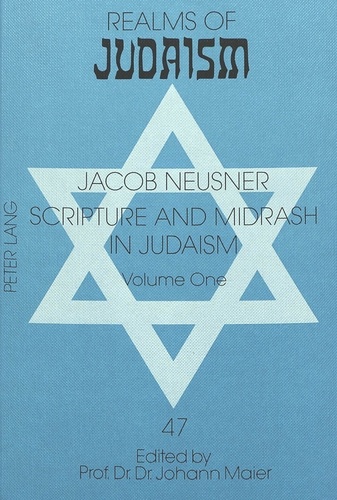
Sciences politiques
Scripture and Midrash in Judaism
03/1994

Non classé
How Judaism reads the Torah, III
09/1993
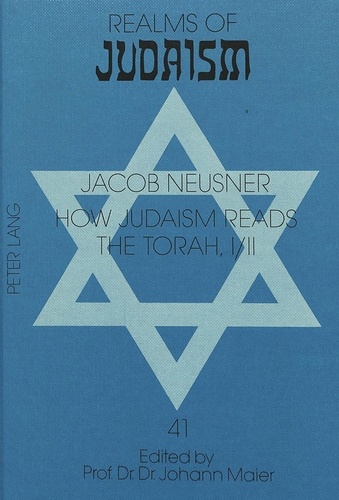
Non classé
How Judaism reads the Torah I / II
10/1993
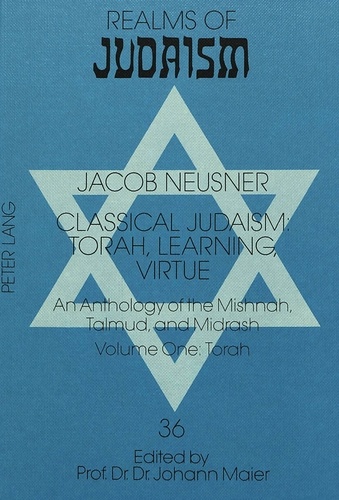
Philosophie
Classical Judaism: Torah, Learning, Virtue
09/1993

Religion
Classical Judaism: Torah, Learning, Virtue
09/1993
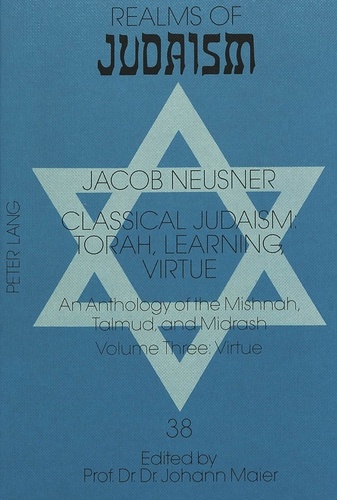
Non classé
Classical Judaism: Torah, Learning, Virtue
10/1993

